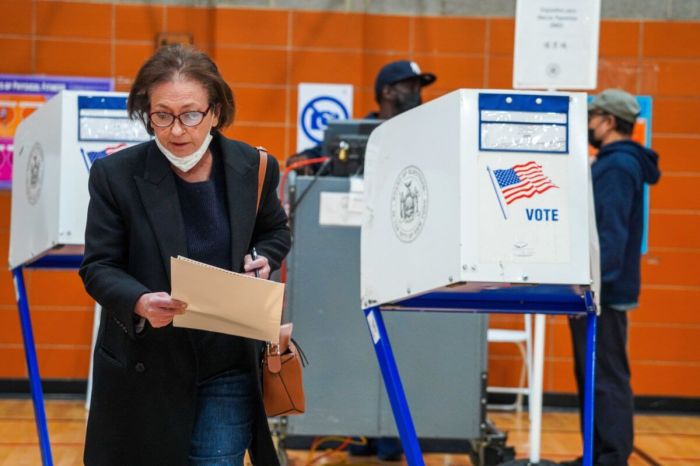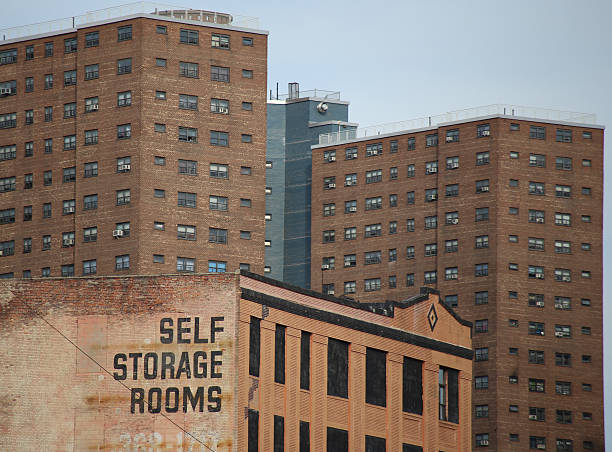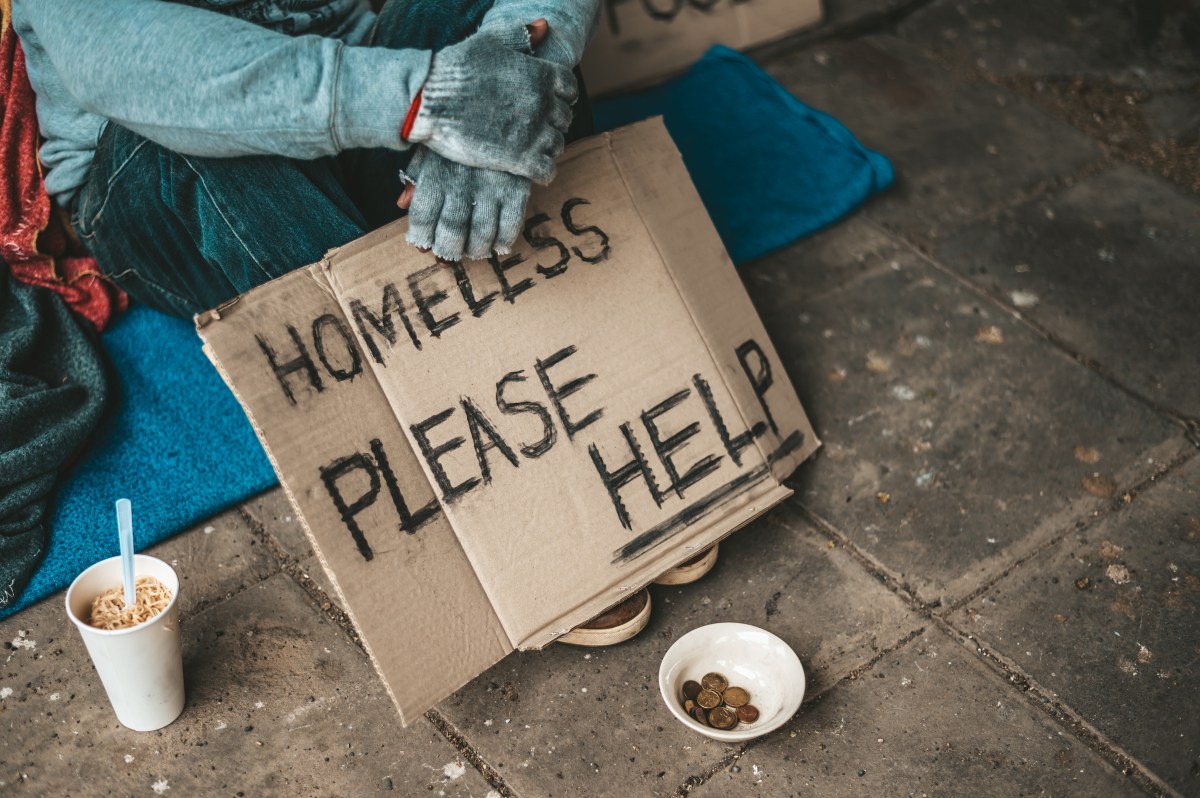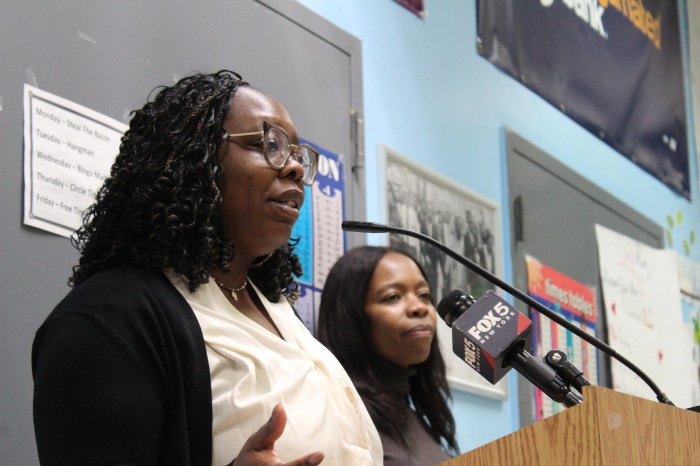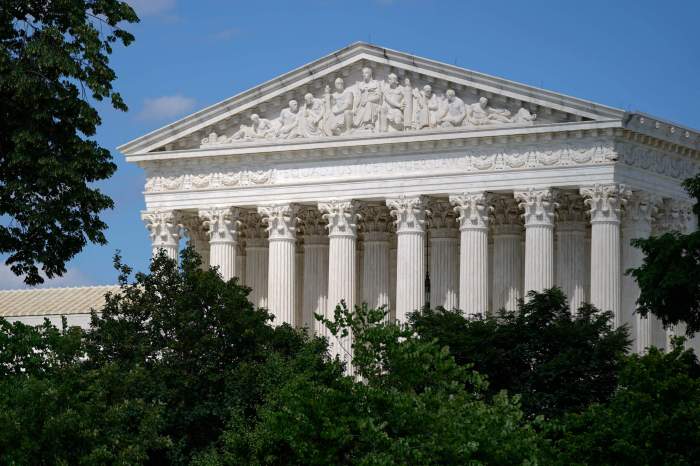Give a quick nod to the MTA. The agency that provides New Yorkers with 7.5 million bus and subway rides a day says it wants to halve the fare hikes it was planning to inflict on straphangers in 2015 and 2017.
That’s good news. But forgive us if our enthusiasm is slightly curbed. We’re still recovering from those tough fare increases during the Great Recession. As the bottom fell out on Wall Street in 2008, the base fare for New York City buses and subways was $2.
Today it’s $2.50.
That works out to a 25 percent increase during the most unforgiving economy in recent memory. It also adds up to increases that far outpaced inflation. As the recession dealt a nasty blow to pocketbooks in every borough, the MTA made the pinch even tighter.
For many of us, this lost ground won’t be regained soon.
While the MTA’s smaller projected fare hikes are plenty welcome now, they’re still not what we’d call a great leap forward. They’re just a smaller step backward.
The plan — which the MTA board still must vote on — would slap riders with separate 4 percent increases in 2015 and 2017 instead of 7.5 percent increases.
That’s roughly in line with inflation.
We’re pleased that the MTA — in its own tough-love way — does seem sensitive to recent sacrifices by riders. There are other ways it might have chosen to spend this windfall, which comes from internal belt-tightening and a pickup in real estate and ridership revenues.
The agency — more than 68,000 employees strong — must hammer out a labor contract with the Transport Workers Union soon, and the TWU has had its eye on this money for awhile.
There’s also the eternal imperative for upkeep — stations that need rebuilding, signal systems that need updating, track that needs replacing — an agenda made all the more urgent after the devastation of Sandy.
So, while everyone has a hand out, the MTA wants to give its customers a break. It’s a smart move, and a good way to build a stronger base of customer support.




